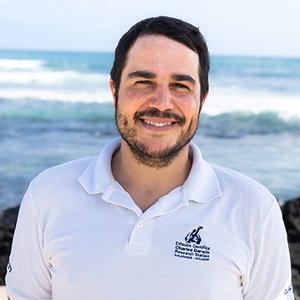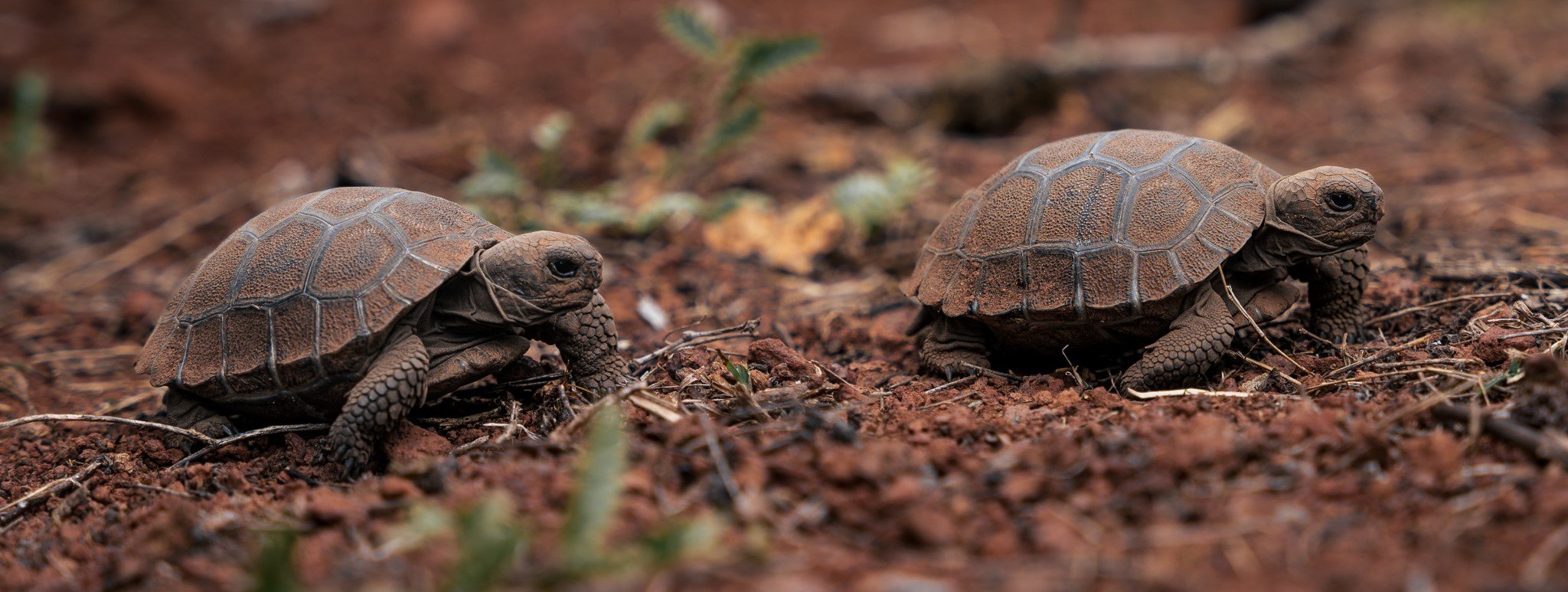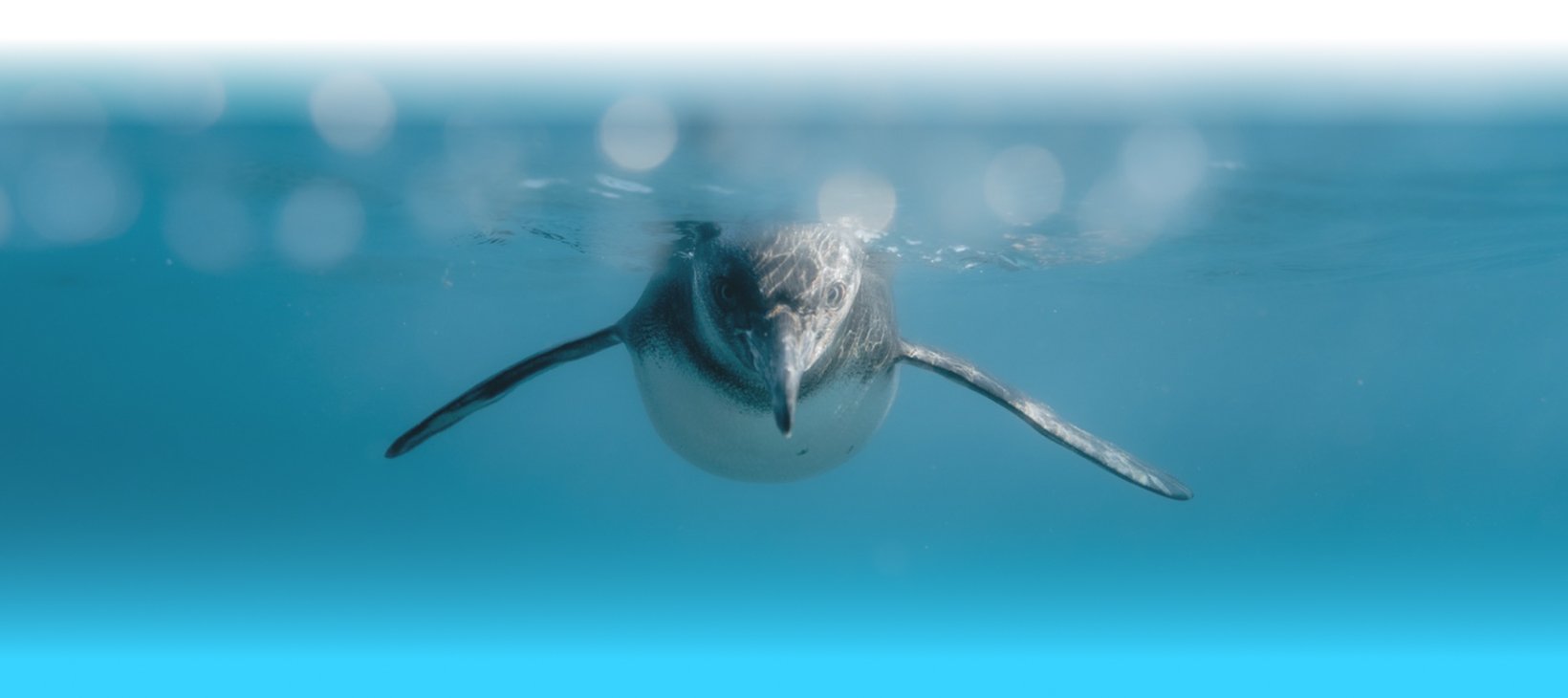-
The ocean of the past is why we should have hope
Dive into a powerful reflection on ocean decline—and the surprising places where hope still thrives. This story journeys from centuries-old seas teeming with life to today’s threatened oceans, revealing why Galápagos remains a living window into the past. Discover why witnessing these wonders fuels the fight to protect our blue planet.
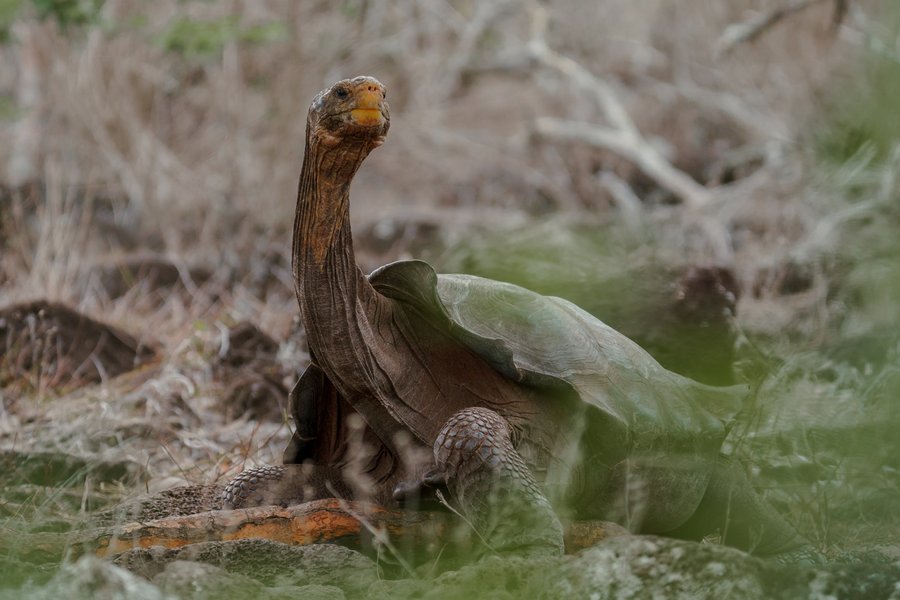
Amplify Your Impact!
By donating to the Charles Darwin Foundation, you help restore Galapagos – protecting native species, reviving habitats, and safeguarding this living laboratory for generations.
Your mission support gift will be matched.
If we protect Galapagos, we impact the world!
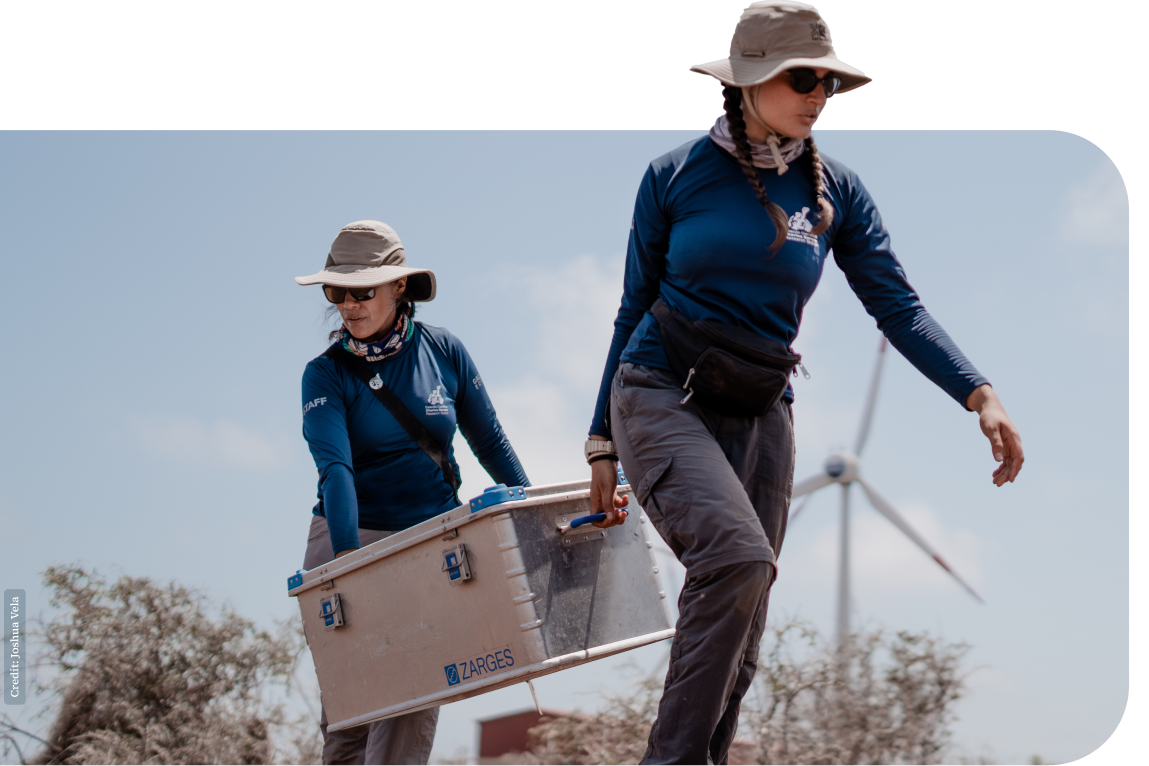
Our programs
As one of the most renowned planetary treasures, the Galapagos Islands have played an unrivalled role in the history of science. For more than 60 years, the research undertaken at the Charles Darwin Foundation has focused on furthering our understanding of the natural systems, their relationship with those living in the archipelago, and the intricate and delicate balance between climate, mankind, and nature.
Major research efforts have also focused on the prevention, control, and eradication of invasive species to maintain Galapagos as one of the best-conserved archipelagos in the world.

137,000
Specimens in our Natural History Collections

20+
Active research and conservation programs

3,200+
Volunteers trained with us in the last 40 years
Become a Monthly Donor
Monthly donors have a huge impact on our work in Galapagos as their gift supports our projects in the long term, ensuring needed continuity. Become a monthly donor today.Adopt a species
Now, more than ever, the wildlife that inhabits the Galapagos Islands is under threat. You can support our work by adopting one of Galapagos most emblematic animal and plant species.Other ways to give
Whether you are an individual, a family office or a corporation, find out the many ways that you can support our vital work in the Galapagos Islands today.
Planning a Visit?
A trip to the Galapagos Islands is a transformative experience that leaves a lasting impression. Many visitors to the islands are deeply moved by the fragility of this ecosystem and become passionate conservation advocates. Learn more about the Galapagos Islands and how you can contribute to their long-term protection during your visit to the Charles Darwin Research Station.
Free admission
We are open Monday to Sunday, from 08:00 to 18:00 (including public holidays).
Join our team!
Whether you're a scientist, an accountant, a lawyer, an HR professional or a communicator, there's a place for you at the CDF. We offer a variety of opportunities for individuals who share our passion for science and conservation.
If you're eager to make a real difference for the planet in one of the most biodiverse locations on earth, then check out our job openings, internships and volunteering opportunities today.





